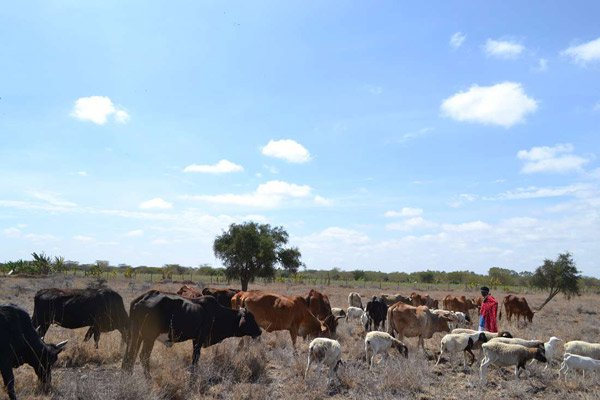That Kenyans eat the most meat in East Africa is indisputable.
Food and Agriculture Organisation (FAO) statistics showed consumption of about 14 kilogrammes of meat by every Kenyan per year by 2013.
Recent data indicate that a Kenyan eats almost three times as much meat as a Rwandan.
In 2014, the Global Forum on Agricultural Research found that Kenya had a shortage of 4,500 tonnes of meat.
This means the livestock industry is big business.
The arid and semi-arid lands (ASAL) host over 60 percent of the livestock and employ 90 per cent of the residents.
PASTORALISM
They occupy 80 percent of the land mass and support pastoralism, which provides a livelihood to three million people.
The livestock sub-sector employs half of agricultural labour and has the highest employment multiplier. It contributes 12 per cent of the gross domestic product (GDP) and accounts for 30 per cent of the agricultural output.The ‘2017 Kenya Economic Report’ by KIPPRA shows the gross marketed production value for livestock and related products rose from Sh100.8 billion in 2015 to Sh124.9 billion in 2016. The highest in four years, the growth was a result of a rise in gross marketed production for livestock.
LOWLY PRODUCTIVE
But the livestock economy remains largely informal, lowly productive, underdeveloped and hardly attracts investments.This is attributable to factors such as climate change, undernourishment, diseases due to open grazing and poor breeds and animal husbandry.Past policy issues, as well as inadequate financing and the multiple market intermediaries who depress livestock keepers’ earnings are also blamed.Poor infrastructure, low literacy levels and enduring cultural practices have also compounded the challenges. There is also insecurity, which escalates during drought.The private sector and financial intermediaries have had little interest to develop specialised support services and products for nomadic pastoralists, owing to perceived minimal return on investments.
ECONOMIC GROWTH
But livestock has the highest potential for reducing poverty, creating employment and contributing to economic growth.
Among the smallholders, the majority of the population, there is also a strong association between livestock productivity and socio-economic status.
Improving market access and productivity for the livestock value chain players and strengthening husbandry and animal management are ways of addressing this.
This can be achieved through enhanced capacity building and promotion of innovative fodder management and mobilising livestock keepers and value chain actors into collectives such as cooperatives and community groups.
